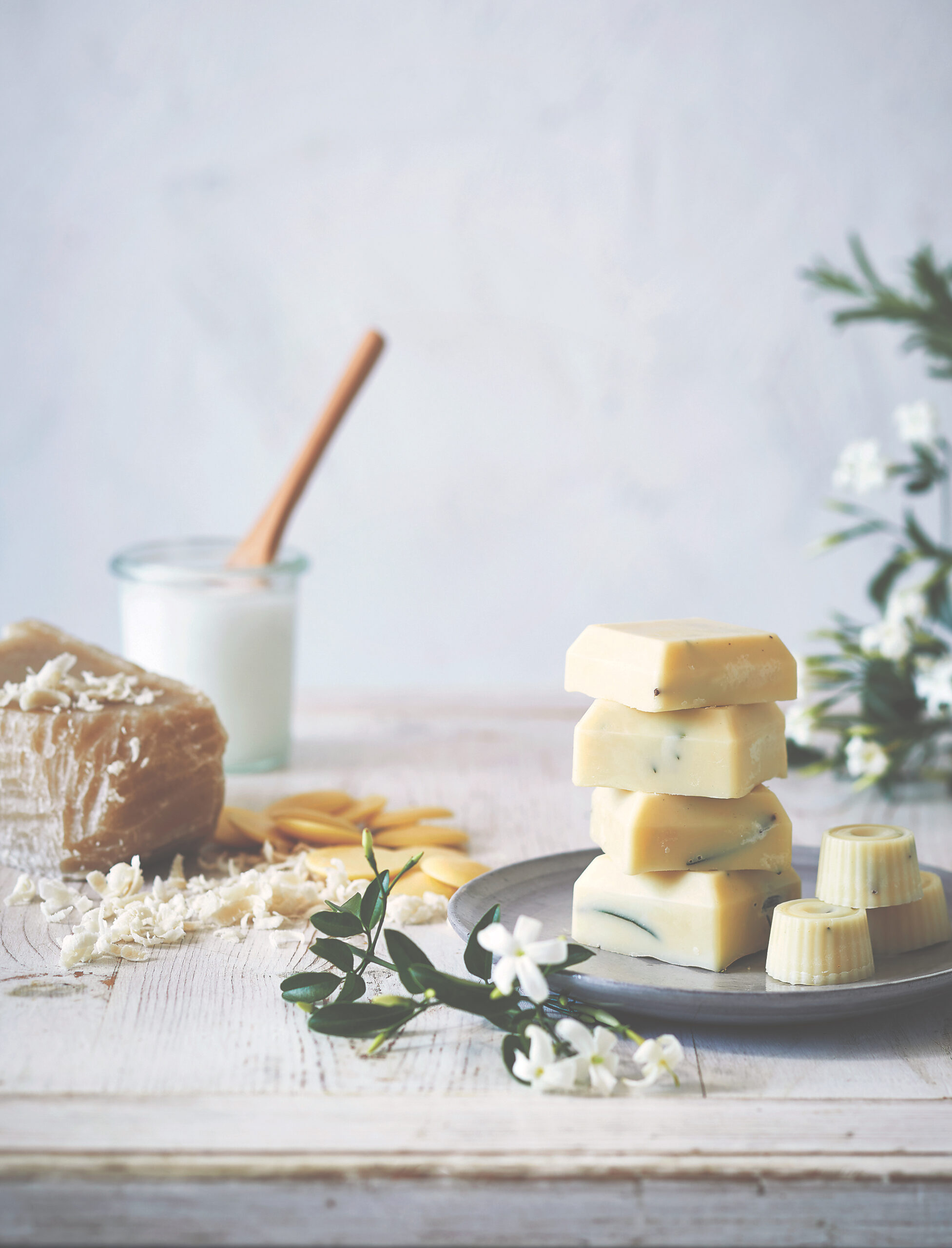Reader’s cleaning tips; vinegar and baking soda not included
Barbara Good’s practical tips for smarter living

Good housekeeping
The oven in our kitchen is turned to one setting: hot and fast. Weeknights I’m incapable of throwing a meal together without setting off the smoke alarm. But all that red-hot grilling and those bubbling-over casseroles leave their mark, and after a few months we can’t turn the oven on without generating plumes of smoke.
Nothing for it but to clean the oven—a task I regard as belonging up there with wiping fly spots from lamp shades.
What makes it such a nasty job? There’s the spraying of the cleaning product—so toxic it catches at the back of your throat and sets your cheeks tingling. Then there’s the worry that the next roast you put into the oven will end up poisoning the family, all for the sake of a gleaming appliance.
The good news, dear readers, is that it needn’t be like this. Not if you use good ol’ baking soda and vinegar. The vinegar provides the acetic acid, the baking soda the sodium bicarbonate. Mix the two together and what you get is carbonic acid. The bubbling foam is carbon dioxide. No unknown nasties here (climate change notwithstanding). Sponge and sprinkle the two onto all your oven’s surfaces, warm the oven, leave to cool and then wipe away the gunge.
Depending on how fastidious you are, you many wish to repeat the process. And depending on how thoroughly you wipe, the next time you use the oven it may emit the smell of hot vinegar. Not so bad as odours go, and at least you know what you’re dealing with. Best of all, there’s no toxic aerosol can that will sit in a landfill for the next 517,742 years.
Feeling jammy
Thanks to Susan Meredith of Te Aroha for the oven-cleaning tip. Susan also asked: “Could you please enlighten us all to the trick to making good home made jam? I have 12 jars of sticky loquot jelly, 12 jars of seriously sweet grape jam and—my latest addition, which tastes okay but is so hard it can’t be spread—12 jars of lovingly home-made melon, ginger and apricot jam.”
Don’t despair! If your jam doesn’t work the first time, you can pour it back into the pot and have another go at getting the elements right. Jam-making is as much a science as an art. It involves balancing tart fruity flavours with sugar (both the glucose in the fruit and the sugar you add) and pectin. Pectin is a naturally occurring agent that helps jam to set. You can buy setting agents containing pectin to help sloppy jam set, or you can mix in some fruit that is high in pectin; for example, adding plums into strawberry jam.
Test whether your jam will set by putting a few drops onto a saucer, cool it, then drag your finger through to see if it is firm. Excessive sweetness can be countered by adding lemon juice or peel, or citric acid. (For more on jams, pickles and preserves, see page 85.)
Thanks to the many Good readers who sent in their housekeeping tips. Here is selection of them.
Reader tips
Mirrors and Baths
You can clean mirrors with yesterday’s newspaper and a vinegar/water dilution. For baths, make a paste with baking soda and water.—Jillian Reid
Drains
To clean your drains, pour quarter to half a box of baking soda down the drain, add half-a-cup of white vinegar, then cover the drain tightly for a few minutes and flush with cold water.—Kelly Loney
Microwaves
If the spills in your microwave are fossilized, boil water in a cup; the steam should help loosen the gunk. If the microwave smells, boil lemon juice.—Kelly Loney
Storage
Reuse large glass jars (gerkhin ones are a favourite) as storage receptacles in the kitchen instead of buying plastic ones. I take a morning walk on recycling day to pick up any extras. I don’t know if this is stealing or not!—Ping Sim
Living without dryers
When our clothes dryer died we converted an old pergola into a drying room which, when not full of washing, makes a pleasant place to sit in the garden. I do not miss my dryer, nor the electricity costs that came with running one.—Nicki Brookes
Don’t forget, if it’s been raining sideways all week you can always take your wet washing to your local laundromat—100 people sharing one super-dryer saves all the resources that would go into manufacturing 100 household dryers. You can get three loads of washing dry in one industrial dryer in just over an hour, for around $10.
Mould and Mildew
To quote Quentin Crisp: “There is no need to do any housework at all. After the first four years the dirt doesn’t get any worse.” Although abstinence is one cure for toxic cleaners, I also recommend raiding the cooking cupboard. Mix white vinegar and water in equal parts, and use as a spray to clean off mould and mildew.—Rachel Grimwood
Send your best housekeeping tips to [email protected] and go into the draw to convert your home into a totally chemical-free zone with a complete set of ENJO cleaning products that just need water. The set is valued at over $900. Congratulations to Marcia Millar who won this great prize this time around.






